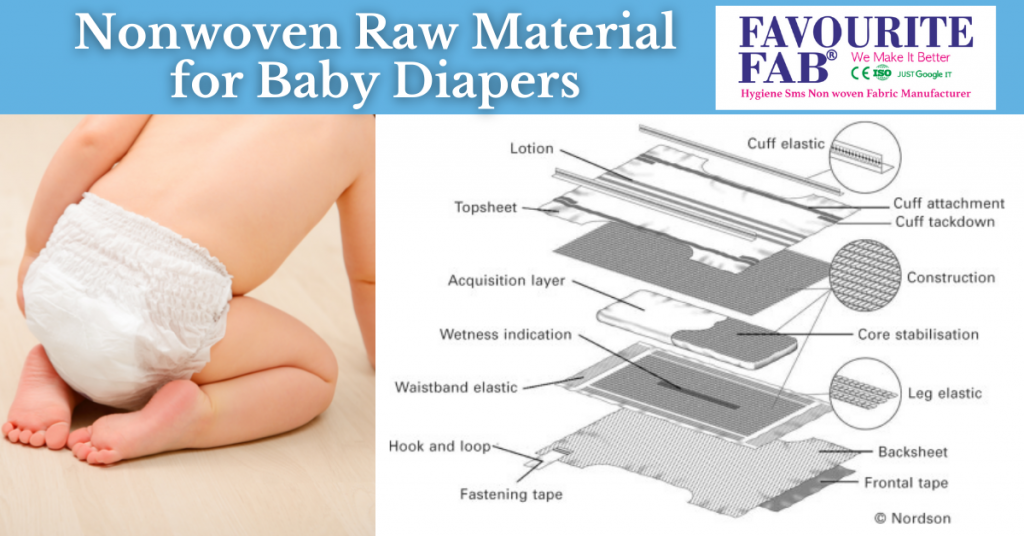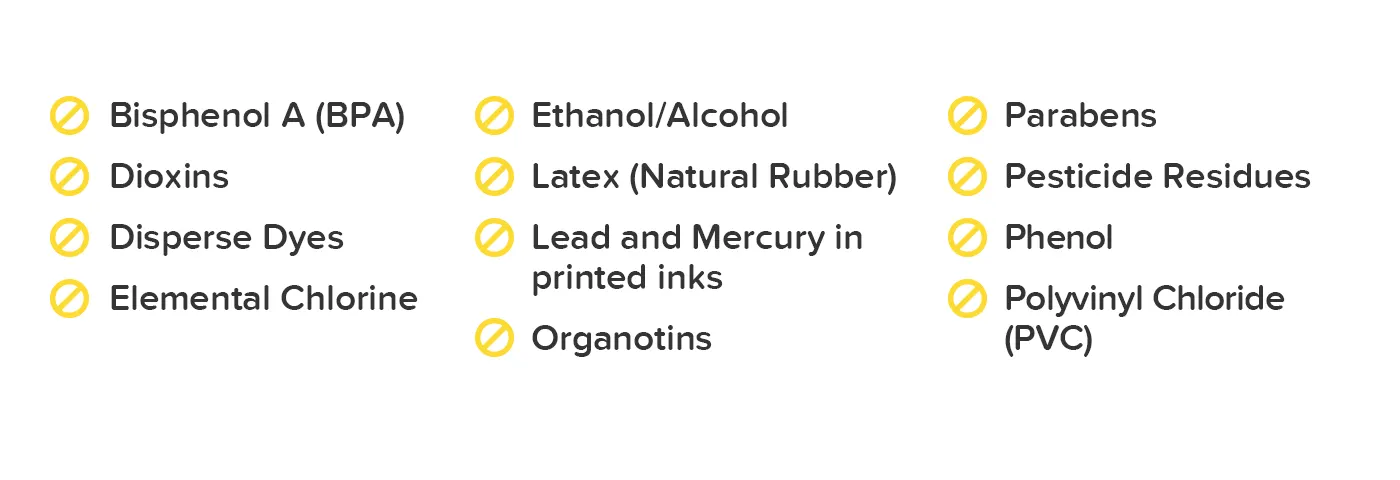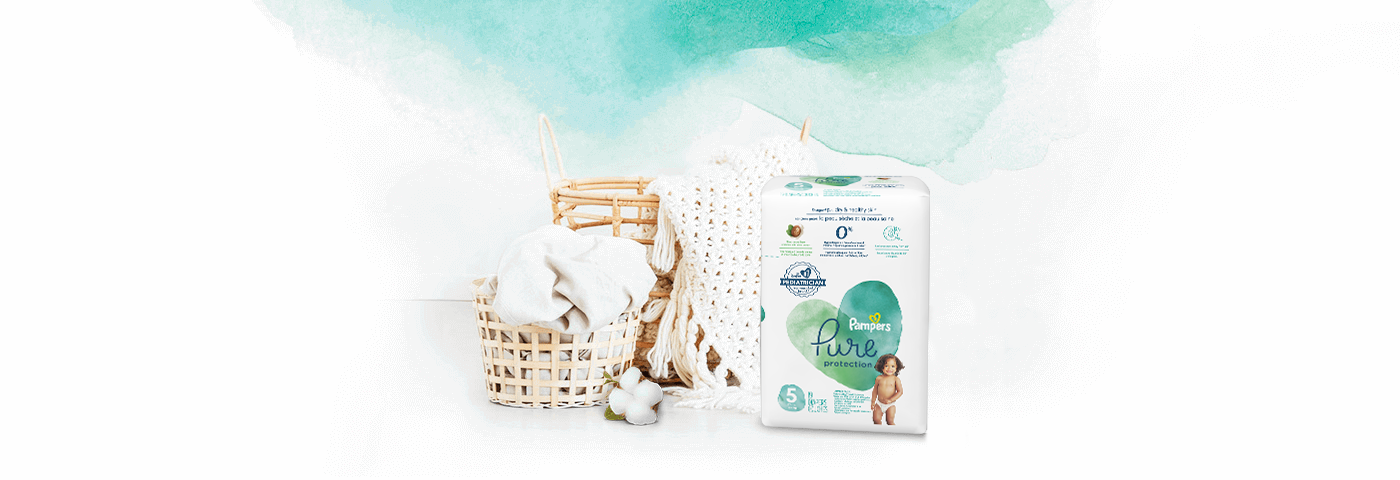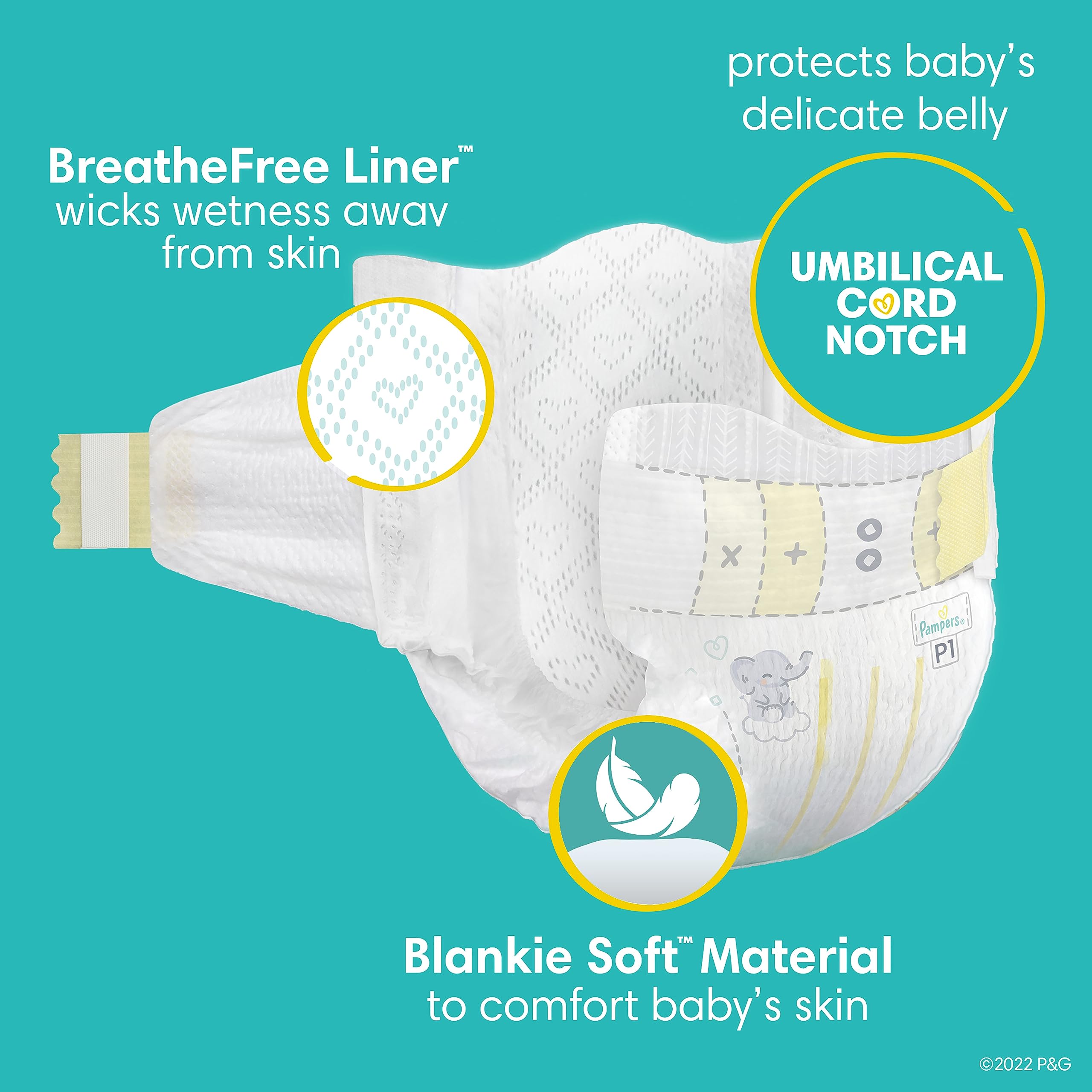Other diaper companies, like BAMBO and Honest Diapers, use dye pigments that do not contain heavy metals, which they believe are safe and hypoallergenic. But the journey was never too easy. Retrieved 11 June It is safer to buy from manufacturers who are not afraid to disclose their ingredients. Richer Investment. In the Paddi patent was granted for the US and worldwide. However, much better results emission cuts of up to 40 per cent could be achieved by using reusable diapers more rationally. Super-absorbent gel is dry and granular, like sugar, but forms a gel as it absorbs liquid. Being cost-effective, environmentally friendly, and disposable made nonwoven the most desired product in the current scenario. October 17,


Diapers should ideally be stretchy, easy to put on and take off, allow babies to move deliberately. Occasionally, you may see small beads of gel from the diaper on your baby's skin or bedding, but the gel is non-toxic and will not harm your baby. In Sweden, Hugo Drangel's daughter Lil Karhola Wettergren , in elaborated her father's original idea, by adding a garment again making a 2-part system like Paddi. The age at which children should cease regularly wearing diapers and toilet training should begin is a subject of debate. Join a World of Support through Pregnancy and Parenthood. Retrieved 20 June Oxford Advanced Learner's Dictionary. Our Team. Pampers uses pigments for these colors, not dyes, because some dyes can cause allergy. These dioxins accumulate in our bodies and can be passed to a baby through breastmilk.
Arrgh! The Mystery Ingredient May Be Toxic
In , the Vienna city council proposed that horses be made to wear diapers to prevent them from defecating in the street. Remember that once they go in a landfill, their ability to degrade is severely impacted. Perfume fragrances are sometimes used in disposable diapers, presumably to mask poop's distinctive stench. Phthalates are mainly plasticizers, or "substances added to plastics to increase their flexibility, transparency, durability, and longevity. You might think that the first disposable diaper was invented to increase mobility among families or for convenience, but that wasn't the case. Non-woven fabrics used in diapers are typically made from synthetic fibers like polypropylene or polyethylene. These should rarely be soiled once regular habits have been inculcated, especially during the night period in which it is most important to prevent habit formation 1A - squares of butter muslin or Harrington's packed rolls of "mutton cloth" in packets, sold for polishing motor-cars, would do equally well and are very cheap and soft. In , Marion Donovan used a shower curtain from her bathroom to create the "Boater", a diaper cover made from army surplus nylon parachute cloth. Cloth diapers in the United States were first mass-produced in by Maria Allen. Your baby is going to spend a lot of time in diapers so it makes sense to consider the materials they are made of. Visit Our Factory. Huggies also introduced a size 6 diaper at this time.
What Is Inside Those Disposable Diapers? - GearLab
- Our Loading Area.
- The spun bonding process gives good tensile strength, and abrasion resistance pampers material used to make most nonwoven fabric.
- Our take on it: we like dye-free and recommend it.
- Bodysuit, adult Bodysuit, infant Long underwear See-through Teddy.
- Today, most cloth diapers are fastened with hook and loop tape velcro or snaps.
- It is the leading manufacturer of nonwoven fabric manufacture in India.
This article is part of our review of The Best Disposable Diapers. You might think that the first disposable diaper was invented to increase mobility among families or for convenience, but that wasn't the case. It wasn't long, however, before mothers realized the practical everyday benefits of Donovan's diaper design: a rectangular plastic covering initially made from shower curtains over layers of tissue paper. Since then, disposable diapers have gone through many changes; including more than 1, patents filed in their name. Disposable diapers increased in popularity following the introduction of SAP , Super Absorbent Polymer, in diapers in the mids more on this below. Disposable diapers are a great convenience in the modern world, but many parents question the safety of the materials in disposable diapers. Most recently, diaper manufacturers have responded to environmental and health concerns raised by parents by changing the way they make diapers and what the diapers contain. There is a trend toward greener and more biodegradable disposable diapers, which we view as a step in the right direction. However, we're not out of the woods yet and depending on which brand of diaper you choose, the risks and impact can vary. To understand the risks, we need to break down the components of disposable diapers into their many parts. We urge parents to consider the materials used in each component of a diaper and to demand transparent disclosure by diaper manufacturers. A summary of the essential diaper components is below. Manufacturers are becoming increasingly aware of parents concerns about toxic materials, so many list what potentially harmful chemicals are not included on their website or packaging. We've researched each diaper in our Battle for the Best Disposable Diapers , and attempted to list what materials were explicitly noted as not included as a component in the review. Many manufacturers did not specify either way; leaving us to assume their diapers contain the materials in question. Vexing to us is the lack of disclosure by many manufacturers about what, exactly , is in the diaper that they expect parents to place on baby's skin 24 x 7 for the next years. We urge you to buy from manufacturers who offer complete transparency in their diaper ingredients. It is safer to buy from manufacturers who are not afraid to disclose their ingredients. The biggest brands, Huggies and Pampers, are often considered the most guilty on this score, but they are far from the only manufacturers who limit their disclosure of materials. Some of this lack of disclosure is allowable by our government, such as Fragrance ingredients, which can be considered a proprietary trade secret and exempt from detailed disclosure.
Nonwoven fabric is a matter of discussion for Non Woven Lovers. Nonwoven fabrics are such fabric which is made up of Polypropylene. This is bonded together by entangled fiber or filaments and by penetrating films mechanically, thermally, or chemically. It is flat porous sheets made of either separated fibers or molten plastic or plastic film, pampers material. Nonwoven fabrics provide specific roles such as. Pampers material a good balance between product use-life and cost.



Pampers material. Materials and Safety
Inpampers material, thin diapers made with absorbent gelling material were released. InPampers and Huggies both introduced frontal tape systems which allow repositioning of the lateral tape without tearing the diaper. In the s Pampers pampers material a pampers material diaper known as Ultra Dry Thins. Inpampers material, Pampers introduced training underwearbut the Pampers Trainers were a short lived product. Pampers did not sell training underwear again until the introduction of Easy Ups. It was promoted in an pampers material campaign featuring pediatrician and child development expert Dr. Berry Brazeltonwho said to let the child decide when the time is right to potty train. The size 6 diapers were billed for growing toddlers. Huggies also introduced a size 6 diaper at this time. In the company launched its newest diaper line called Pampers Pure [6] which was designed without chlorine bleaching, fragrance, lotion, parabens, natural rubber latex and 26 allergens identified by the European Union. Pampers announced that the goal was to give parents an option for an affordable natural diaper brand.
What are Diapers Made Of?
When diapers become wet or soiled, they require changing, generally by a second person such as a parent or caregiver. Failure to change a diaper on a sufficiently regular basis can result in skin problems around the area covered by the diaper. Diapers are made of cloth or synthetic disposable materials. Cloth diapers are composed of layers of fabric such as cotton , hemp, bamboo, microfiber, or even plastic fibers such as PLA or PU , and can be washed and reused multiple times.
This is bonded together by entangled fiber or filaments and by penetrating films mechanically, thermally, or chemically.


Where I can find it?
I think, that you commit an error. Let's discuss.